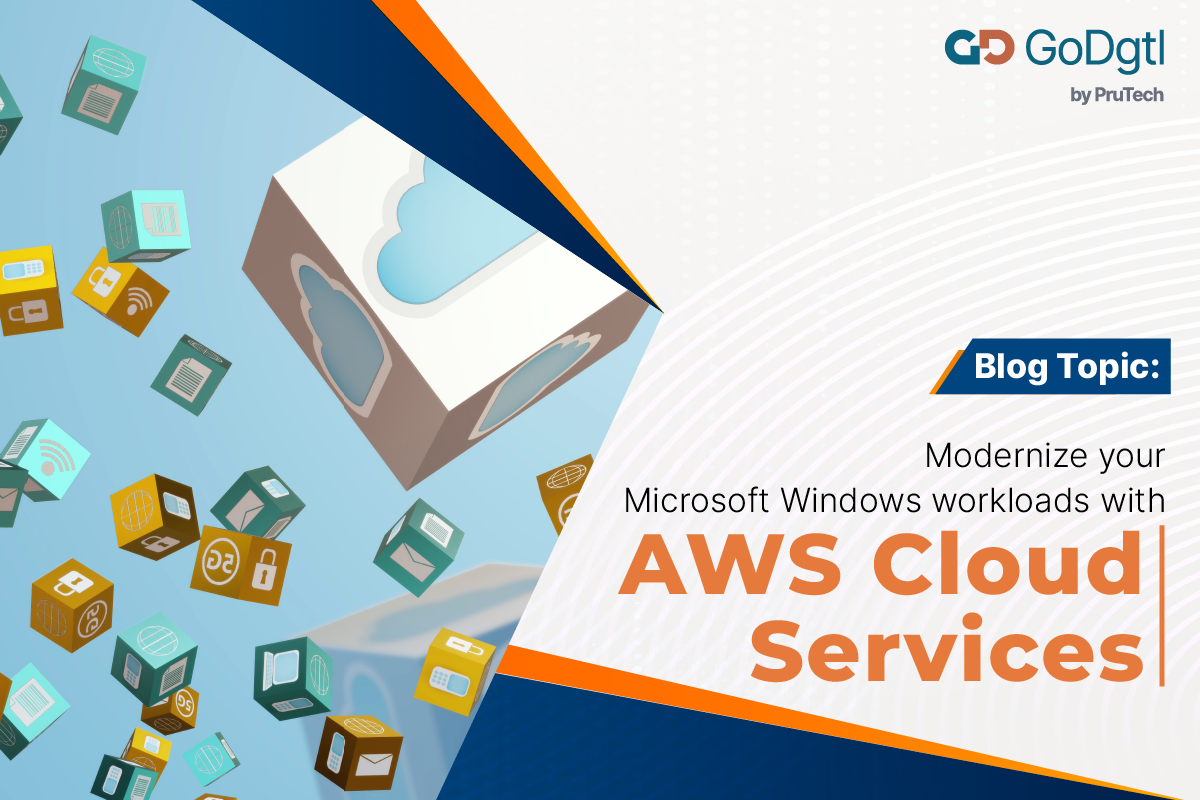In our rapidly evolving digital landscape, the adoption of a cloud-first strategy has become a pivotal consideration for businesses seeking to optimize their IT operations. This strategic approach not only offers a multitude of advantages but also aligns perfectly with the dynamic nature of modern business requirements. Particularly in the financial sector, where data security, flexibility, and scalability are paramount, the shift towards cloud-first practices has proven to be transformative.
Benefits of a Cloud-First Approach for Securing Financial Services
- Scalability and Flexibility: The financial services sector experiences fluctuations in demand driven by market trends, seasons, and economic conditions. Cloud-first adopters witness an average of 40% reduction in infrastructure costs through efficient resource allocation. This enables financial organizations to seamlessly scale their operations up or down in response to changing needs, all without significant upfront capital investments. The result? Enhanced agility to keep pace with evolving business requirements while maintaining operational efficiency.
- Enhanced Data Security: The financial domain deals with highly sensitive data, necessitating rigorous security measures. Cloud providers specialize in implementing robust security protocols, backed by substantial investments in cutting-edge technology and expertise. Notably, 62% of financial institutions have reported improved data security after migrating to the cloud. These measures encompass multi-layered security, encryption, threat detection, and compliance certifications. Such meticulous security practices ensure the integrity and confidentiality of financial data, fostering trust among clients and stakeholders.
- Reduced IT Costs: The financial sector is no stranger to the costs associated with maintaining on-premise infrastructure and managing complex IT environments. The adoption of a cloud-first strategy yields substantial financial benefits, with businesses typically experiencing a 35% decrease in operational costs. By eliminating the need for extensive hardware procurement, maintenance, and upgrades, organizations can redirect valuable resources toward core business activities, innovation, and enhancing customer experiences. This cost optimization contributes to bolstering profitability and financial resilience.
- Robust Disaster Recovery and Business Continuity: In a sector as critical as finance, ensuring uninterrupted business operations is paramount. Cloud providers seamlessly integrate disaster recovery and business continuity solutions into their offerings. Businesses adopting a cloud-first strategy report a remarkable 70% faster recovery time objective (RTO) in case of unforeseen disruptions. By leveraging cloud-based recovery solutions, financial organizations ensure minimal downtime and swift recovery, safeguarding their reputation and customer trust.
- Fostered Collaboration and Heightened Productivity: The contemporary business landscape thrives on collaboration and real-time decision-making. Cloud-first financial institutions experience a 30% increase in employee productivity due to enhanced collaboration tools. By leveraging cloud-based solutions, financial organizations can streamline communication, knowledge sharing, and project management. This facilitates seamless access to critical data and applications from any device, anytime, fostering efficient teamwork and expedited decision-making. The result is improved operational efficiency and the ability to respond promptly to market dynamics.
Conclusion:
In the realm of financial services, the adoption of a cloud-first strategy transcends mere choice – it has become a strategic imperative. The diverse benefits, ranging from scalability and data security to cost efficiency and enhanced collaboration, position financial institutions to proactively navigate industry challenges. By embracing this strategy, financial organizations ensure reliable, secure, and efficient services for their clients, reinforcing their competitive edge.
By partnering with GoDgtl by Prutech, financial entities can maximize the advantages of their cloud-first journey. Our expertise in providing tailored security solutions for the financial sector ensures a seamless transition, empowering organizations to deliver trustworthy, efficient, and innovative services.
Contact us today to learn more about our services and how we can help your business thrive in the cloud era. Contact 24/7 – GoDgtl (go-dgtl.in).





